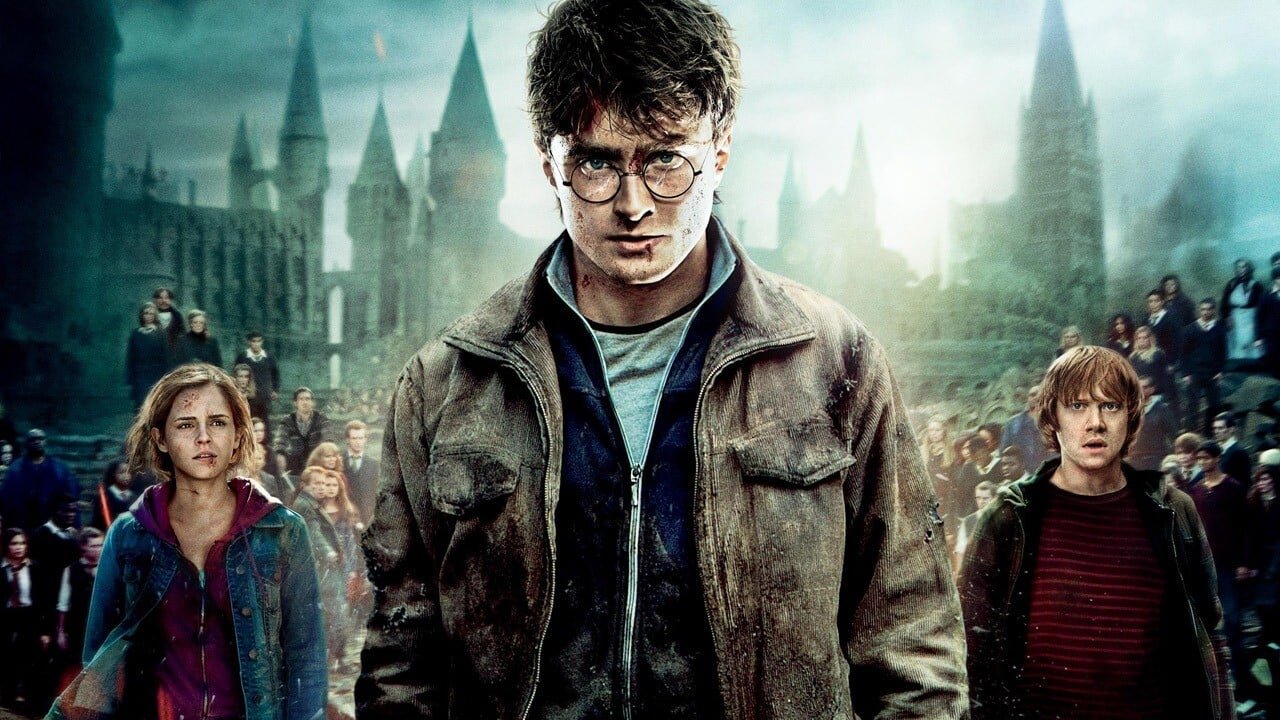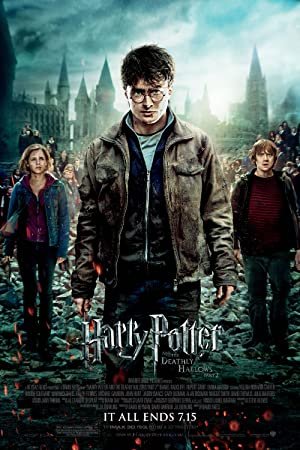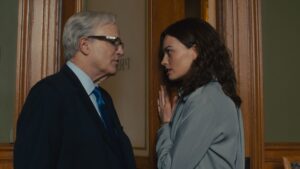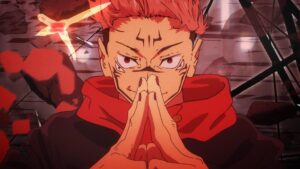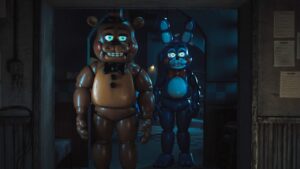After a decade of magic, Harry Potter and the Deathly Hallows: Part 2 delivers a thunderous finale that’s all climax, little closure—but undeniably unforgettable.
Seven movies, more than $1 billion—and $6 at the box office (and counting)—later, the Harry Potter franchise finally comes to an end with an explosive finale that delivers as much action as the rest of the series combined.
In fact, this could qualify as one of the biggest action movies of the summer, if not for the fact that it won’t make sense to anyone who hasn’t seen the previous seven films. This is essentially a feature-length climax, designed to generate applause from fans, even though it wraps up the story without paying much attention to the rich characterization that has defined the series. All the major characters get at least one scene—though for many, it amounts to little more than a cameo—as the film’s epic plot, almost entirely centred on finding Harry, races forward.

That may be appropriate, but while the movie tries to fill in plot holes and concludes with a dramatic good-versus-evil battle, it offers little closure given everything that’s come before. Still, the series ends on a grand scale, and we probably shouldn’t complain. No doubt, the most devoted fans will be far too busy cheering and crying to nitpick the details.
Good, because that’s my job, damn it.
First things first: if you haven’t seen a Harry Potter movie before now, you’re going to be lost. The film no longer spoon-feeds franchise information to the audience, so expect to dive into the story midstream. Granted, it won’t take long to figure out that Harry Potter (the guy in the title) is the hero, and the reptilian figure dressed in black who leads the dark army is the villain. Still, the dozen or so other characters jumping in and out of the narrative may confuse unfamiliar viewers.
Laying out the full plot—both leading up to and including this film—would take up the entire review, so suffice it to say that the story centres on Harry being forced to confront his destiny as the only one capable of stopping the evil Lord Voldemort’s quest for world domination.
That should be enough.
The cast’s incredible work has to be acknowledged. The filmmakers really outdid themselves when they found Daniel Radcliffe, Emma Watson, and Rupert Grint a decade ago, while they were still preteens. Over the last ten years, we’ve been in the unique position of watching them grow up and mature physically and professionally. All three have turned into strong, central actors, and hopefully they’ll be able to venture out into successful solo careers, now that Harry Potter is finally behind them (though after a decade in the international spotlight playing iconic roles, this will not be easy).

The veteran cast of theatrically trained British character actors also played a major role in the success of the series, and they all get one final chance to shine. We have Ralph Fiennes, playing the franchise baddie Lord Voldemort, who gets most of the screen time and milks his villainous role with appropriate relish. Everyone from John Hurt, to Helena Bonham Carter and Michael Gambon make a final trek across the screen, though they rarely get a chance to make much of a mark.
The two British thespians who do the most are the 76-year-old Maggie Smith, who finally gets to prove herself as an onscreen badass, and Alan Rickman, whose leeringly villainous portrayal of the series’ secondary antagonist Professor Snape gets some much needed motivation in a surprisingly touching late reveal. It’s a pleasure to see this extraordinary cast one last time, even if it would have been nice for each actor to get a more fitting send-off. Admittedly, that would make for a five-hour movie; I said it’d be “nice”, not “practical.”
David Yates returns to the director’s chair once again after helming the last three films, and he does a remarkable job juggling the action. This is the movie that kicks off with a bank heist involving goblins and a dragon, setting the stage for a 40-minute wizard war—and that’s not even the climactic battle. It’s a fittingly grandiose conclusion that could easily appeal to non-Harry Potter fans, were it not for the dense backstory required to follow along. The climax is a thrilling send-off designed to spark cheers from the audience—and it does.

The technical team behind Harry Potter has spent a decade building toward this moment, delivering one of the most visually impressive action-fantasy spectacles Hollywood has produced.
As with Yates’s other entries in the series, the film is slick, efficient and full of personality—even if it feels somewhat goal-less. He’s a workmanlike director serving the franchise, and he serves it well. The only other filmmaker to leave such a distinct mark on the series was Alfonso Cuarón with Harry Potter and the Prisoner of Azkaban. That film still stands as the most intriguing and idiosyncratic entry—thanks in part to its bold stylistic choices—but it also made the least money in the series, and some fans were upset that it didn’t treat the source material as sacred.
Given the franchise’s massive worldwide success, it’s clear the producers chose wisely.
The only real problems with Harry Potter and the Deathly Hallows: Part 2 stem from the decision to split the final book into two films—a move that was, unsurprisingly, deemed more financially viable. Nearly all of the character development from J.K. Rowling’s final novel occurred in Part 1, leaving both halves feeling unbalanced. Deathly Hallows: Part 1 lacked action, while Part 2 lacks character. It doesn’t ruin either film, but condensing the final book into a single movie—though less lucrative—might have made for a more satisfying narrative arc.
Part 2 is all climax. It works brilliantly as pure entertainment, but it leaves the film—and the series—without a strong sense of closure. The Lord of the Rings: The Return of the King was once mocked for having too many endings; Deathly Hallows: Part 2 arguably errs in the opposite direction. The story stops just after the final battle, with little indication of what happens to the characters or the wider world after the dust settles. A brief “19 years later” epilogue tries to offer a glimpse of the future, but it doesn’t answer nearly enough questions. If anything, it feels like awkward setup for Harry Potter: The Next Generation.
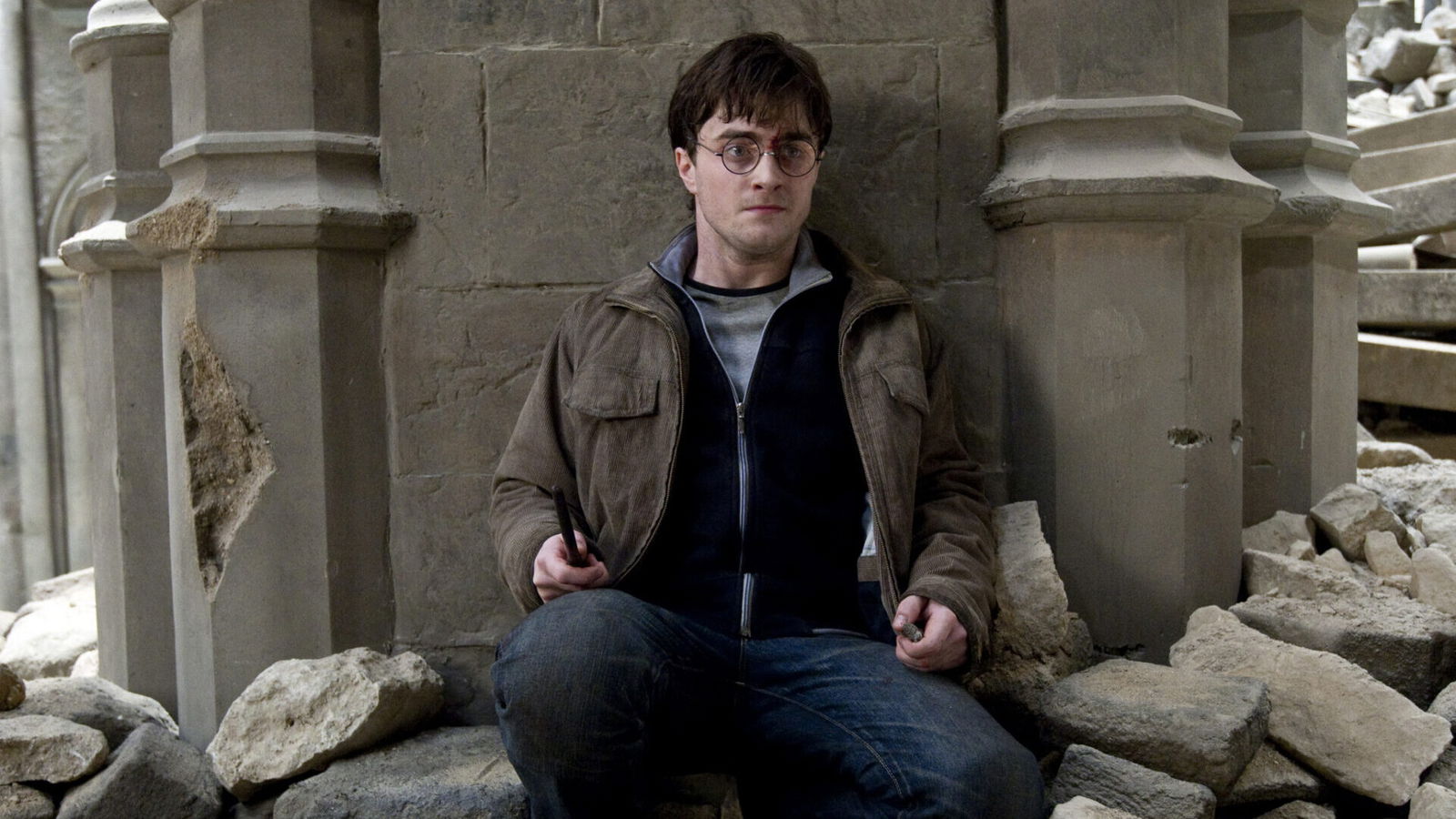
The final Harry Potter film may not deliver the closure it deserves, but providing that kind of emotional payoff might have been impossible. And really, it’s hard to imagine any fan being disappointed by a two-hour-long finale. Looking back at the series as a whole, it’s clear this was an incredible filmmaking achievement. No movie franchise has ever pulled off an eight-film story arc with this level of consistency. The acting, visual effects and storytelling never wavered. There’s no real weak link in the Harry Potter series—they all work as intended.
Now that this story has reached its end, it’s difficult to imagine another franchise matching its success or staying power anytime soon. If Rowling’s magical world has sparked your imagination over the last decade, you owe it to yourself to see the conclusion. Deathly Hallows: Part 2 will likely be the biggest box office success of the summer—and deservedly so. The Harry Potter films represent what blockbuster, child-driven entertainment should be. And it wouldn’t be surprising if Warner Bros. executives start panicking in the months ahead when they realize they no longer have a billion-dollar hit guaranteed each year.
Oh wait … That Dark Knight sequel is on the way, right? Never mind. They do have another year before the panic sets in.
